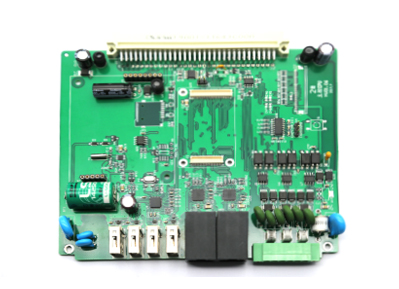Choosing the right number of layers for your multilayer PCB is crucial for achieving optimal performance, cost-effectiveness, and manufacturability. Here are some key considerations to help you determine the appropriate number of layers for your project:

1.Circuit Complexity:
Evaluate the complexity of your circuit design, including the number of components, interconnections, and signal paths.
Complex circuits with a large number of components and high-speed signals typically benefit from more layers to accommodate routing requirements.
2.Signal Integrity and Noise Considerations:
High-speed signals are more susceptible to signal integrity issues, such as impedance mismatches, crosstalk, and electromagnetic interference (EMI).
Additional layers can be used to implement dedicated power and ground planes, reducing noise and improving signal integrity.
3.Component Density and Space Constraints:
Determine the component density and available space on the PCB.
Higher component density may require additional layers to accommodate the required routing channels and reduce the risk of signal interference.
4.Power Distribution and Thermal Management:
Consider the power requirements and distribution within your circuit.
Additional layers can be used to create dedicated power planes for efficient power distribution and thermal dissipation.
5.Cost Considerations:
The number of layers directly impacts the cost of manufacturing the PCB.
Each additional layer adds complexity to the manufacturing process, increasing the overall cost.
Evaluate the trade-off between functionality and cost to find the right balance for your project.
6.Manufacturing Capabilities:
Assess the manufacturing capabilities and expertise of your chosen PCB manufacturer.
Some manufacturers may have limitations on the maximum number of layers they can handle or may charge higher prices for more complex multilayer PCBs.
7.PCB Stacking and Design Constraints:
Identify any specific design constraints or requirements that may influence the number of layers.
For example, certain technologies or applications may have guidelines or standards that recommend a specific number of layers.
8.Future Scalability and Flexibility:
Consider the potential for future design iterations or upgrades.
Adding extra layers initially can provide room for future expansion or modifications without the need for significant redesign.
It's essential to collaborate with experienced PCB designers and manufacturers to evaluate these considerations and determine the optimal number of layers for your multilayer PCB design. Additionally, performing design reviews, simulations, and prototypes can help validate and fine-tune the layer count based on the specific requirements of your project.
Get more knowledge about Multilayer PCB please refer to Rigaopcb:https://www.rigaopcb.com/